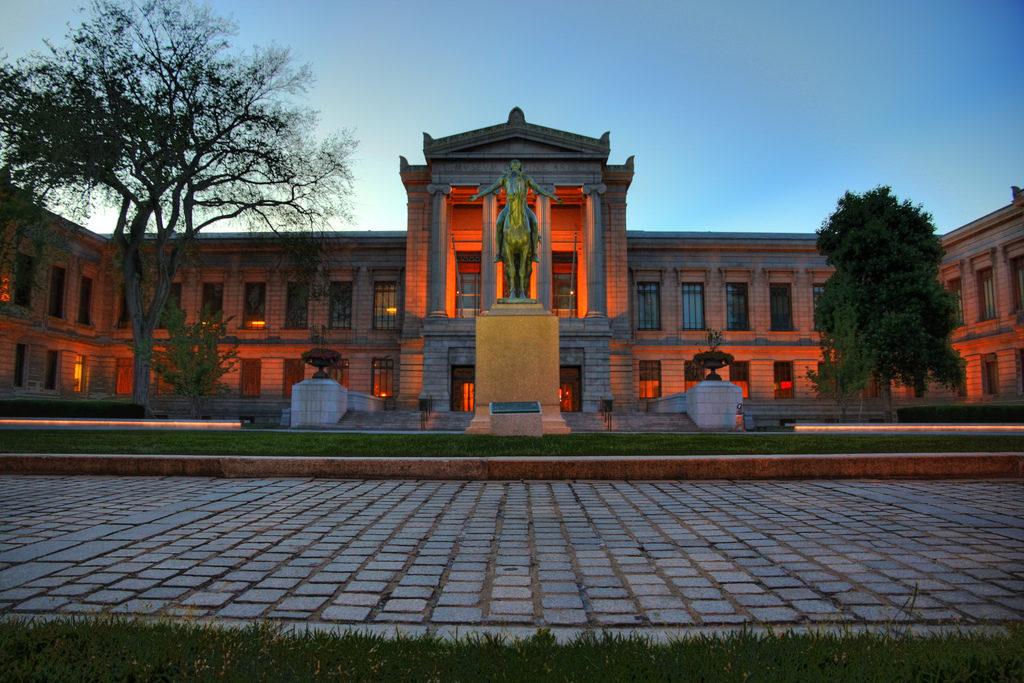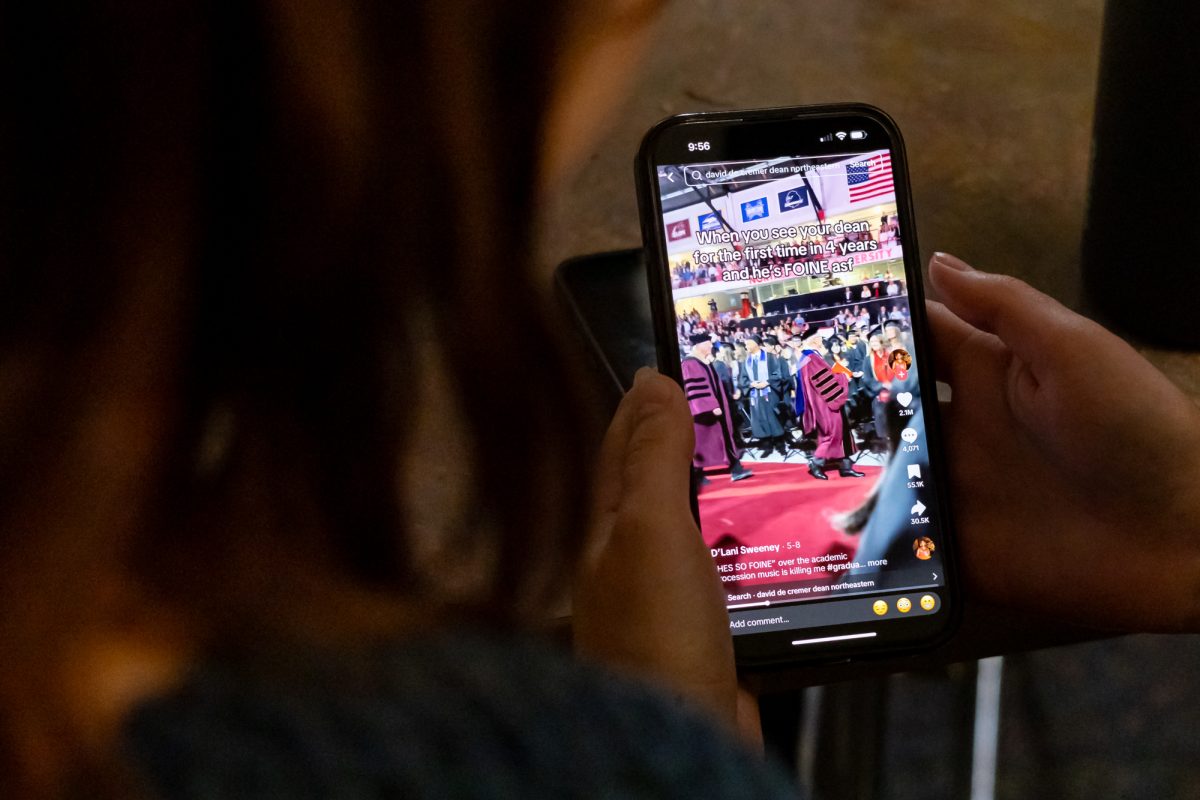By Priya Amin, news staff
Boston’s Museum of Fine Arts (MFA) brought a decades-old film into the modern era on Saturday with a screening of the post-apocalyptic feminist film “Born in Flames.” When it was first realized in the 1980s, it stood out for inclusion of non-heterosexual representation, primarily black lesbian women.
The film is set in New York City, 10 years after a peaceful socialist revolution brought supposed equality to the nation. Despite claims by the government that egalitarianism prospers, minority groups in the society continue to be oppressed. This leads to the creation of a Women’s Army, a group aiming to protect women from harassment and abuse.
The screening was part of the MFA’s “On the Fringe” series. Showing one film in each month of 2017, the series highlights American independent cult films from the 1980s. “Born in Flames” was also part of WickedQueer, Boston’s LGBTQA+ film festival.
“It really struck me that issue of the more things change the more things stay the same,” said Andrea Doremus, an attendee at the screening who had seen the film before. “So many of the issues they were presenting them in new ways, and yet we’re still struggling with them. It is true that we still have so much segregation.”
Doremus was involved in the alternative film community when “Born in Flames” was first released and worked on publicity for the film through an organization called Media Network.
The film was written, produced and directed by American filmmaker Lizzie Borden. Filming took place in New York City over the course of five years and wasn’t completed until 1983.
Jeanne Satterfield, a Roxbury native who portrayed Adelaide Norris in the film, attended the screening as well and answered questions from the audience afterward. She said the film is the only acting work she has ever done. She got the job offer from Borden, who used to work at the YMCA on Satterfield’s block.
“This project was a turning point in my life,” Satterfield said. “[Borden] taught me a lot of stuff. I’m not an actress. I spent many hours completing this film for Lizzie and it grew me up. I matured throughout a lot of the film. I had different looks. I didn’t even know who I was yet at the time.”
Though the film was made over 30 years ago, it continues to resonate today with modern audiences and contains some analogies to today. For example, members of the audience pointed out a parallel between character Adelaide Norris in the film and Sandra Bland.
In the film, Norris was taken into custody and committed suicide in her cell. Many activist groups throughout the city and nation didn’t believe Norris’ death was a suicide and argued she was murdered. The incident brought the various groups in the film together to fight for equality. Similarly, Bland, a black woman, was found dead in her cell in Waller County, Texas, a few days after being taken into custody. Despite the county prosecutor ruling her death a suicide, many across the nation—including the Black Lives Matter movement—were outraged and doubted the claim.
“Everybody [in the film] started to come together and realize they were all in it together,” said Jessica Mink, an attendee at the screening. “I think one of the things we have to realize now is that we’re all in it together and every different minority group needs to work with all the others.”
The film was unique for its time; social issues such as inequality due to race, gender and sexuality were taboo topics back then. Satterfield said Borden made an effort in her writing of the film to incorporate many groups of people in a way that was ahead of the status quo.
“For us back then to see women of color put in beautiful powerful leadership positions and to have the women working together was really empowering,” Doremus said. “I personally had never seen it. [It] was really a wonderful thing.”
During the Q&A, Satterfield urged the audience to become educated on social issues. She cited knowledge and information as a means for individuals to be able to assert themselves. She also said communication was very important so that the public can be aware of issues among women, men, LGBTQA+ people and other groups, arguing the importance of intersectionality.
“This is a queer society,” Satterfield said. “We’re here and we’re not going anywhere. We need to stay together [and] work together no matter what your sexual preference is, no matter what your denomination is, where you come from [or] what your status quo. We’re people and we’re human and that’s what we need to remember.”









